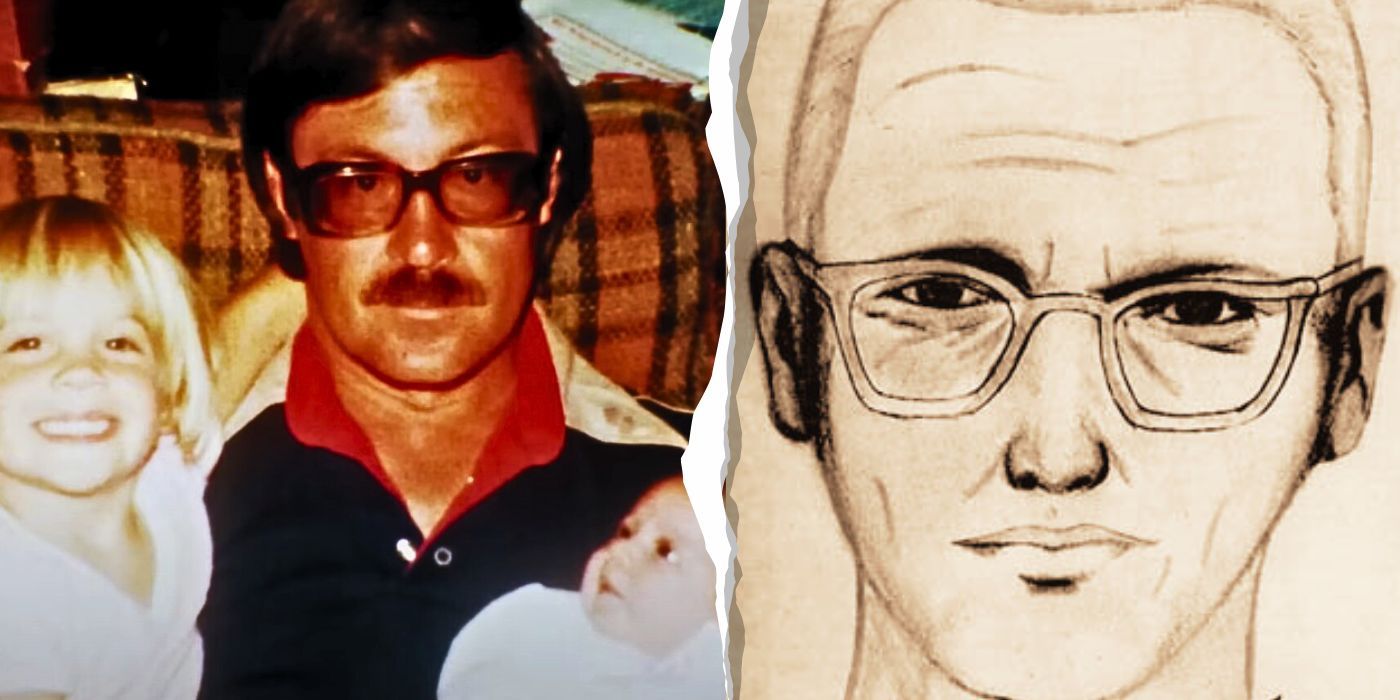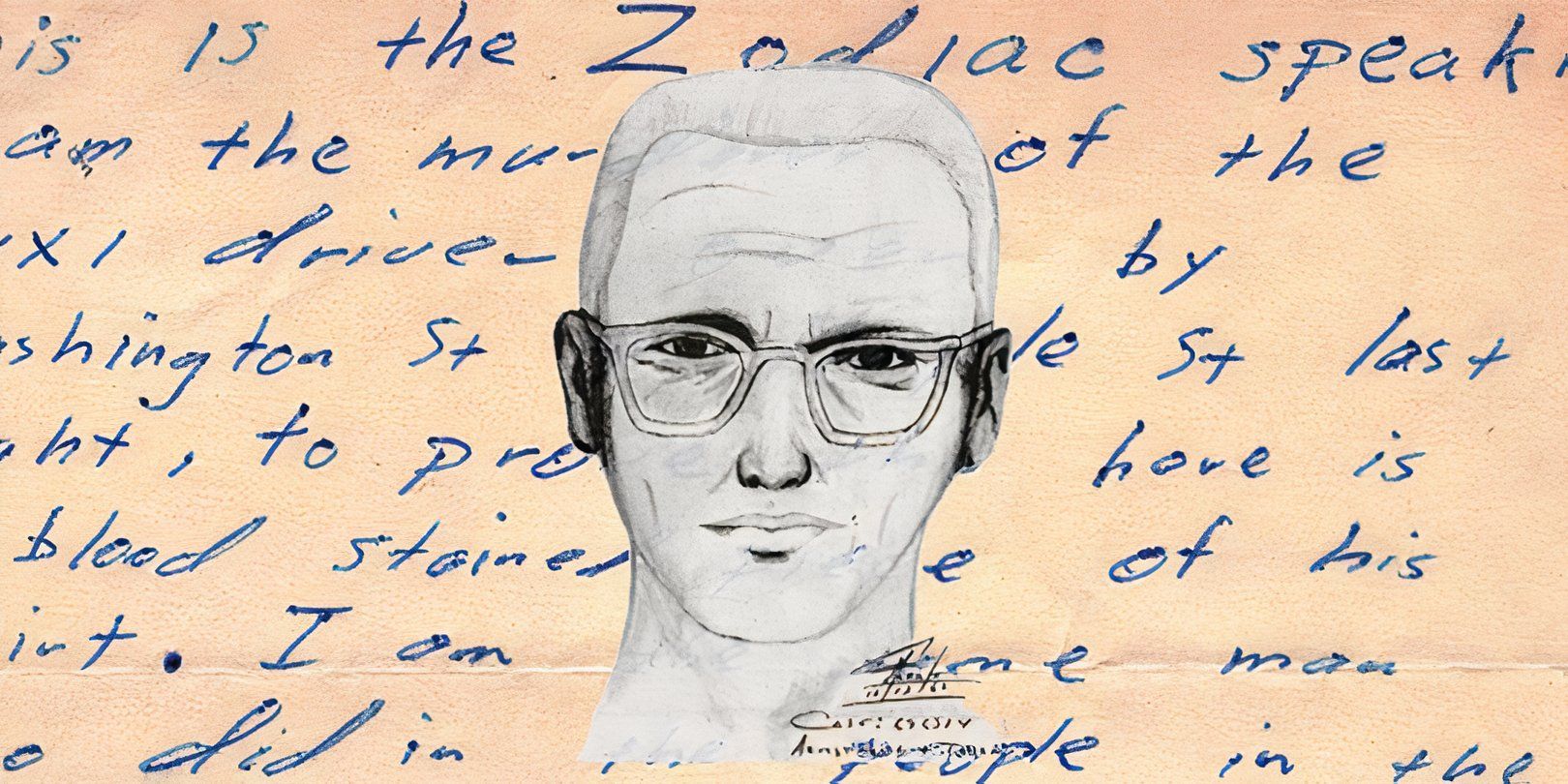Why Was The Zodiac Killer Never Caught? The Mystery That Still Haunts Us
Let’s talk about one of the most chilling and unsolved mysteries in modern history: the Zodiac Killer. This case has haunted investigators, true crime enthusiasts, and the public for decades. Why was the Zodiac Killer never caught? It’s a question that lingers like a shadow over the world of criminal justice. The Zodiac Killer wasn’t just any murderer—this was someone who taunted law enforcement, left cryptic messages, and became a symbol of fear. So, why did they manage to slip through the cracks?
Picture this: a killer who not only eludes capture but also sends chilling letters to the media, boasting about their crimes and mocking the police. Sounds like something out of a horror movie, right? But this is real life, folks. The Zodiac Killer case is a chilling reminder of how sometimes, even with all the resources and technology available, some criminals remain untouchable.
Now, before we dive deep into the rabbit hole of theories, evidence, and speculation, let’s set the stage. The Zodiac Killer wasn’t just another nameless face in the crowd of serial killers. They were different. Their arrogance, their cryptic messages, and their ability to stay hidden have made them a legend in the world of true crime. But why did they get away with it? Let’s find out.
Read also:Jaylen Fleer The Rising Star Taking The World By Storm
The Zodiac Killer: A Brief Overview
Before we get into the nitty-gritty of why the Zodiac Killer was never caught, let’s take a moment to understand who—or what—the Zodiac Killer really was. The Zodiac Killer is believed to have been active in Northern California during the late 1960s and early 1970s. They claimed responsibility for at least five murders, though they hinted at many more in their letters.
Timeline of the Crimes
The first known attack occurred on December 20, 1968, when David Faraday and Betty Lou Jensen were shot and killed in Vallejo, California. This was followed by another attack on July 4, 1969, where Darlene Ferrin and Michael Mageau were targeted in broad daylight. Mageau survived to provide crucial details, but Ferrin didn’t make it. Then came the murder of cab driver Paul Stine in San Francisco on October 11, 1969. These crimes were just the beginning of a string of attacks that would leave the public terrified.
What Made the Zodiac Different?
What set the Zodiac Killer apart from other serial killers was their knack for communication—or should we say intimidation. They sent dozens of letters to newspapers, police departments, and even individuals, taunting them with riddles, ciphers, and threats. Some of these letters contained encrypted messages that remain unsolved to this day. It was as if they were daring the authorities to catch them, and yet, they never did.
Why Was the Zodiac Killer Never Caught?
Now, let’s tackle the million-dollar question: why was the Zodiac Killer never caught? There are several reasons, ranging from the nature of the crimes themselves to the limitations of law enforcement at the time. Let’s break it down.
1. Lack of Physical Evidence
One of the biggest challenges in solving the Zodiac Killer case was the lack of physical evidence. In the 1960s and 1970s, forensic science wasn’t as advanced as it is today. DNA testing wasn’t widely used, and fingerprint analysis was still in its infancy. The Zodiac Killer seemed to be meticulous about covering their tracks, leaving behind very little that could be traced back to them.
2. Cryptic Communications
The Zodiac Killer’s letters were both a blessing and a curse for investigators. On one hand, they provided clues about the killer’s mindset and potential motives. On the other hand, the cryptic nature of these messages often led investigators down dead ends. Some of the ciphers sent by the Zodiac Killer remain unsolved, which means critical information about their identity might still be hidden in plain sight.
Read also:Dan Souza Married The Untold Story Of Love Success And Everything In Between
3. Jurisdictional Challenges
Another factor that hindered the investigation was the fact that the Zodiac Killer committed crimes across multiple jurisdictions. Vallejo, Benicia, and San Francisco all had their own police departments, each with their own protocols and resources. This made coordination between agencies difficult, and valuable leads might have been missed as a result.
4. Public Fear and Misinformation
The Zodiac Killer’s letters and threats created widespread fear among the public. This fear, combined with the media frenzy surrounding the case, led to a flood of tips and false leads. Investigators were overwhelmed with information, much of which turned out to be irrelevant or misleading. This made it harder for them to focus on credible leads.
5. Psychological Profiling
Psychological profiling was still a relatively new field at the time of the Zodiac Killer’s crimes. While investigators did create profiles of the killer, these profiles were based on limited information and assumptions. As a result, they may have missed key characteristics that could have helped identify the killer.
Unsolved Ciphers and Cryptic Messages
One of the most fascinating aspects of the Zodiac Killer case is the unsolved ciphers. These encrypted messages have puzzled cryptographers, law enforcement, and amateur sleuths for decades. Some of the ciphers have been partially decoded, but many remain a mystery.
The 408 Cipher
The 408 cipher, one of the first ciphers sent by the Zodiac Killer, was partially solved in 1969. It revealed a chilling message about the killer’s motives and methods. However, parts of the cipher remain uncracked, leaving important details about the killer’s identity hidden.
The 340 Cipher
The 340 cipher, sent in 1969, remains completely unsolved. Despite numerous attempts by experts and enthusiasts, no one has been able to crack it. This cipher is believed to contain crucial information about the Zodiac Killer’s identity, making it one of the most sought-after solutions in the world of cryptography.
Modern-Day Investigations
Even though the Zodiac Killer case is decades old, it continues to be investigated by law enforcement and amateur sleuths alike. Advances in forensic science and technology have reignited hope that the killer might one day be identified.
DNA Evidence
Recent developments in DNA analysis have opened new possibilities for solving the case. In 2020, a potential suspect was identified through DNA evidence, but further investigation failed to confirm their involvement. While this was a promising lead, it also highlighted the challenges of using DNA to solve cold cases.
Public Involvement
The rise of true crime documentaries, podcasts, and online communities has brought renewed attention to the Zodiac Killer case. Thousands of people around the world are actively working to solve the mystery, sharing theories, and analyzing evidence. While this collective effort has yielded some interesting insights, it hasn’t yet led to a definitive answer.
Theories and Speculation
Over the years, numerous theories have emerged about the identity of the Zodiac Killer. Some suggest that the killer was a local resident with a grudge against society, while others believe it was a group of individuals working together. Let’s explore some of the most popular theories.
Arthur Leigh Allen
Arthur Leigh Allen is perhaps the most famous suspect in the Zodiac Killer case. He was investigated extensively by law enforcement, but no concrete evidence linked him to the crimes. Despite this, many people still believe he was the killer, citing circumstantial evidence and his behavior during the investigation.
The Multiple Killers Theory
Some theorists argue that the Zodiac Killer wasn’t a single person but rather a group of individuals working together. This theory suggests that the letters and ciphers were part of a larger conspiracy, designed to confuse and mislead investigators. While intriguing, this theory lacks substantial evidence to support it.
Impact on Society
The Zodiac Killer case has had a lasting impact on society, influencing everything from law enforcement practices to popular culture. It has inspired countless books, movies, and TV shows, keeping the memory of the killer alive in the public consciousness.
True Crime Culture
The rise of true crime culture has played a significant role in keeping the Zodiac Killer case in the spotlight. Shows like "The Zodiac" and documentaries like "Zodiac: The Untold Story" have introduced new generations to the mystery, sparking renewed interest in solving the case.
Law Enforcement Reforms
The Zodiac Killer case also highlighted the need for reforms in law enforcement. It led to improvements in forensic science, better coordination between agencies, and the development of new investigative techniques. While these reforms have helped solve other cases, the Zodiac Killer remains at large.
Conclusion
So, why was the Zodiac Killer never caught? The answer lies in a combination of factors, including the lack of physical evidence, the cryptic nature of their communications, and the limitations of law enforcement at the time. Despite advances in technology and renewed interest in the case, the killer’s identity remains a mystery.
If you’re fascinated by the Zodiac Killer case, we encourage you to dive deeper into the evidence, theories, and speculation surrounding it. Who knows? Maybe one day, someone will crack the code and bring closure to this chilling chapter in true crime history. In the meantime, share your thoughts in the comments below, and don’t forget to check out our other articles on unsolved mysteries!
Table of Contents
- The Zodiac Killer: A Brief Overview
- Timeline of the Crimes
- What Made the Zodiac Different?
- Why Was the Zodiac Killer Never Caught?
- Lack of Physical Evidence
- Cryptic Communications
- Jurisdictional Challenges
- Public Fear and Misinformation
- Psychological Profiling
- Unsolved Ciphers and Cryptic Messages
- Modern-Day Investigations
- Theories and Speculation
- Impact on Society
- Conclusion


